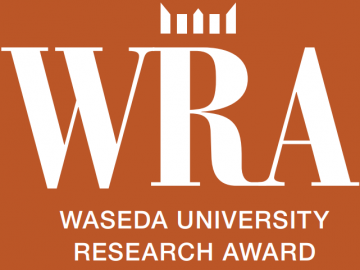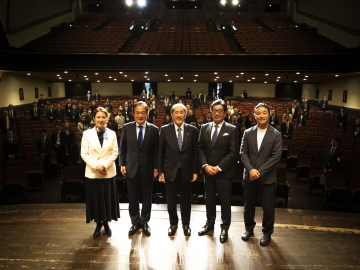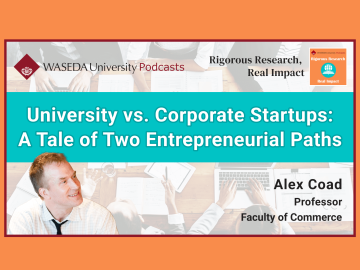What exactly is genetic code?

One of the reasons why we feel deeply connected to our family could be because we look alike to each other. And the reason why we share similar physical traits with our family members is due to the effect of inherited genes we receive from our parents. But how exactly do we inherit these genes from them?
All living things pass on genetic code known chromosomal DNA (deoxyribonucleic acid) from one generation to another in order to preserve its own species. The chromosomal DNA sequence is a nucleic acid sequence made up of a succession of “ACGT” (i.e. adenine, cytosine, guanine & thymine). This is a genetic blueprint for protein synthesis, which is the process where biological cells generate new proteins (see image 1). As each unique gene possess a different genetic blueprint for protein synthesis, a typical human being who carries approximately 30,000 genes will have many dissimilar proteins of different functions from that of other living things.
Although each human being shares most of the same genes with any other human being, genetic variation known as SNP (single-nucleotide polymorphism) exists among us. Each SNP represents a difference in a single DNA sequence which defines the height, hair texture, eye color, etc. in each individual, giving rise to our unique appearance and disposition (see image 1).
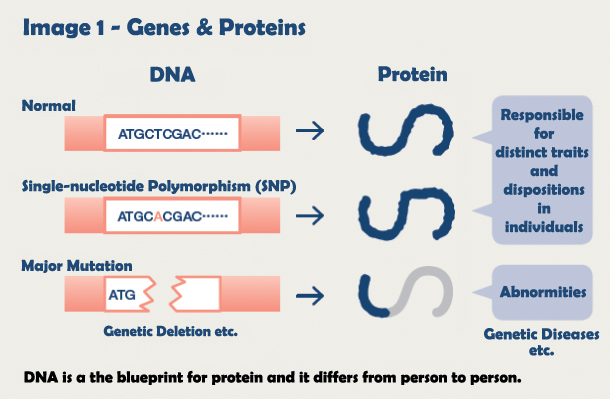
Image 1
The mechanism of genetic inheritance
A life is born when two gametes known as the sperm (a male reproductive cell) and ovum (a female reproductive cell) merge together. When this happens, the newly born life will inherit two sets of genetic code from its parents, one set from the father and the other set from the mother. All genes can be classified into dominant or recessive genes. In the case when a new life receives a gene from the father that is known to cause single eyelids in appearance, and another gene from the mother known to give rise to double eyelids, the newly born life is more likely to grow into a child with double eyelids that resemble the latter parent. This is because the double-eyelid gene is classified as a dominant gene, which means that it is more likely to be inherited than the recessive counterpart. It is important to note that this does not mean that the dominant gene is more superior in any sense and that they are simply names for classifying inherited genes.
So how are sperms and ova formed in our bodies? Each human being holds two set of chromosomes and by reducing them to one set, sperms or ova are created, of which the process is called cell division (see image 2). In other words, by reducing one of the two sets of chromosomes we received from both our parents, reproduction cells are produced within our body. Our children will then inherit one set of chromosomes from each parent (one from us and the other from our partner) when the two gametes, each containing a set of chromosomes, merge. This is who human beings share the bonds with their family in the world of biology.
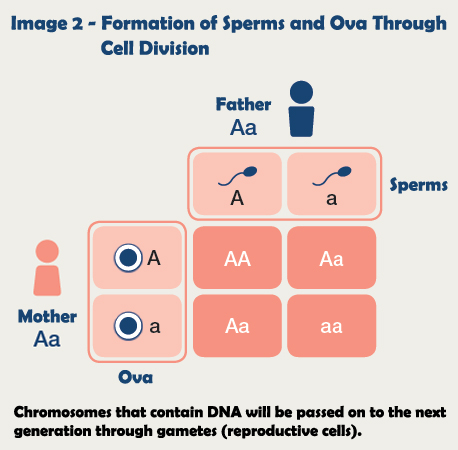
Image 2
Mutation in genes
While SNP gives rise to unique disposition in individuals, it is also the cause of gene mutation (see image 1) which results in color blindness, hereditary hearing loss, familial cancer and other genetic diseases. At present, scientists have not been able to fully explain why mutation in genes occurs, but environment is often considered to play a part in it.
Recently, congenital chromosomal abnormality has also attracted interest in society. In a scenario when cell division fails to accurately reduce the number of chromosomes to create gametes, it can lead to sterility and birth defects such as trisomy, a chromosomal condition associated with severe intellectual disability and physical abnormalities.
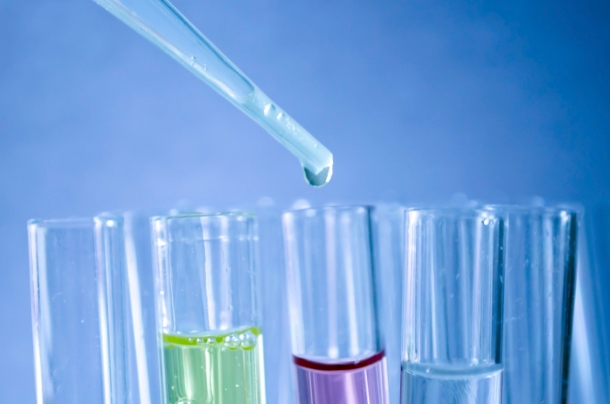
Disease prediction and gene editing
Thanks to research and technology advancement, we can now perform DNA genetic testing and analysis (it costs about 10,000 yen to do so in Japan). The results can tell us what kind of diseases who are prone to getting, though some people might feel skeptical about it.
Additionally, the theory of genome editing technology has made us closer to putting it into actual practice. If succeed, we can edit our genes and correct those mutated ones that are responsible for hereditary diseases. This research was first initiated to help prevent predictable diseases, but the realization of the controversial designer babies is not impossible. When the times come, it might give us an opportunity to think about what constitutes to being a family in terms of genetics.

Professor Masamitsu Sato, Faculty of Science and Engineering

Professor Sato received his doctorate at the University of Tokyo in 2001. Prior to joining Waseda University in 2013, Professor Sato taught at the University of Tokyo was once a member of the Cancer Research UK, where he did his research on cell division. His research disciplines lie in cell biology and molecular genetics.
*This is a translated article of which its original Japanese version was written in 2017. Thus, all content in this article is based on when it was originally written.

